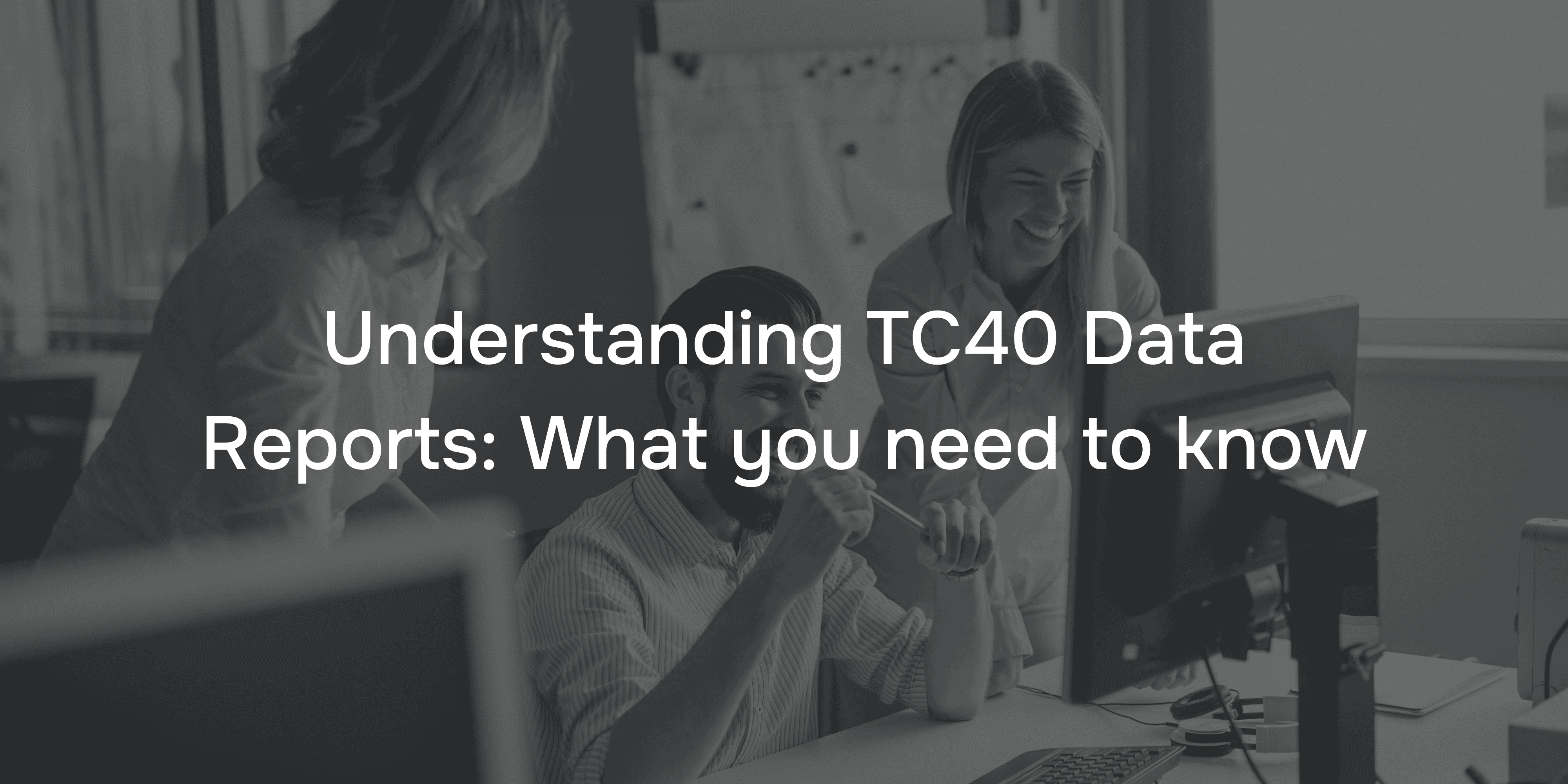In the dynamic landscape of online payments, fraud prevention is critical to retaining your customers' trust, your company’s financial health, and the ability to continue acceptance of card payments.
The TC40 report can be key in fighting online fraud. Do you know how TC40 data impacts your business? Understanding how it can significantly improve your compliance with the newly implemented VAMP program which ultimately protects your revenue.
What is a TC40 report?
A TC40 report is a type of fraud notification generated by issuing banks and sent to Visa whenever a cardholder reports a transaction as potentially fraudulent.
The purpose of the TC40 report is to inform the card schemes, acquiring banks, and merchants of potentially fraudulent activity. Unlike chargebacks, TC40s are not formal disputes with funds reallocation implementation.
What’s the difference: TC40 Reports vs Chargebacks
The TC40 reports and chargebacks do have differences:
- The TC40 reports are used more to alert when potential fraud is detected. The funds of the merchant are not directly affected by the TC40 report.
- A chargeback is different from a TC40 report, as this is a formal dispute that can initiate the reversal of funds to the card holder, and typically has fees implications as well.
Chargebacks are not always a direct result from a TC40 report. The issuing bank, when dealing with lower transactions, could refund customers without disputing it. However, the merchant’s risk profile will still be affected.
Why should merchants care about TC40 reports?
The TC40 report plays a critical role in managing a merchant’s card acceptance. They are helpful in:
- Identifying patterns of fraud across the payment ecosystem.
- Empowering Visa with the data to evaluate the perceived risk levels of specific merchants.
- With the use of fraud indicators across merchants, TC40 data can be used by acquirers to understand which merchants might present a higher fraud risk.
Can bad timing lead to double refunds?
The TC40 report does come with limitations, like timing. There can be delays in fraud reporting after a transaction is identified. This can cause some issues for merchants:
- Double refunds
If the merchant issues a refund due to fraud and a chargeback is processed afterwards, it can result in a duplicate refund.
- Delayed resolutions
Some fraud problems could be resolved more easily, but the delay can cause opportunities to fix the issue to be missed, compounding the matter.
This delay in TC40 reporting makes them unreliable for preventing chargebacks or detecting fraud in real-time.
How does a high volume of TC40 reports affect a merchant?
- Higher payment processing fees
- Increased red tape from acquirers
- Risk of the merchant account being fined or even terminated
When risk is perceived as higher, payment processing ability could be limited, and merchants could face higher operational costs.
TC40's Role in the New VAMP Framework
Under the recently implemented VAMP (Visa Acquirer Monitoring Program), the card scheme consolidates fraud and dispute monitoring into a single metric, the VAMP Ratio:
- Count of Reported Fraud (TC 40) + Count of Processed Disputes (TC 15)
Count of Total Settled Transactions (TC 05)
While there are some exceptions to what is counted, such as disputes prevented via use of RDR, this unified approach means that both fraud alerts (TC40) and non-fraud disputes (TC15) are now combined to assess a merchant's compliance status. Previously, these were monitored separately under the Visa Fraud Monitoring Program (VFMP) and Visa Dispute Monitoring Program (VDMP).
Optimise your fraud and risk management
With Axcess Merchant Services, we can support you with comprehensive fraud prevention, designed to monitor your fraud risk and combat evolving fraud tactics, ensuring the security of your business operations.
Get in touch with our team to learn more about TC40 reports or how we can support you to optimise your risk management strategy.

